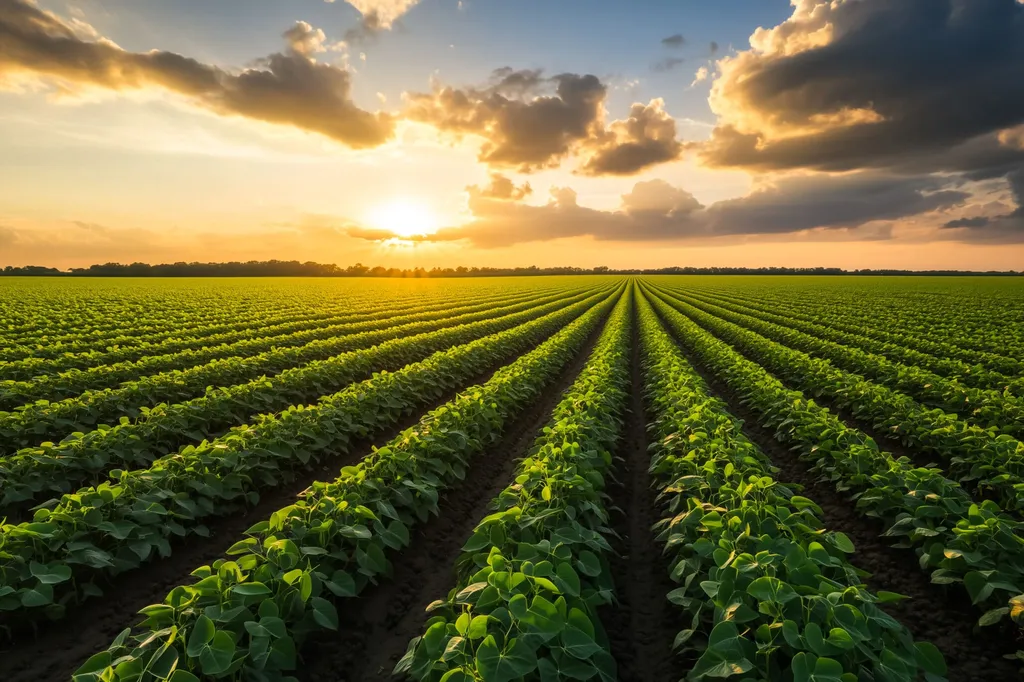In the heart of Brazil, a team of researchers led by Rubens de Castro Pereira from the Institute of Computing at the University of Campinas has developed a groundbreaking approach to combat one of agriculture’s most persistent foes: white mold. This disease, caused by the soilborne pathogen Sclerotinia sclerotiorum, wreaks havoc on common beans and over 400 other plant species, leading to significant yield losses and economic impacts. Pereira’s team has introduced a novel solution that leverages the power of deep learning to detect the disease at various growth stages, offering a promising tool for precision agriculture.
The team’s work, published in the journal *Smart Agricultural Technology* (translated from Portuguese as *Intelligent Agricultural Technology*), focuses on creating a high-quality image dataset annotated by plant pathologists. This dataset, named the Sclerotinia and White Mold Dataset (SWM), includes images of the pathogen’s survival and reproductive structures, as well as symptomatic stages when white mold is visible. “Early recognition of white mold is crucial for disease prevention and effective management,” explains Pereira. “Our goal was to develop a robust system that can identify the disease at different growth stages, even in challenging field conditions.”
To achieve this, the researchers explored several traditional and state-of-the-art deep learning models, including SSD, Faster R-CNN, YOLO Family, DETR, and TransUNet. These models were employed as baselines for ensemble strategies based on affirmative, consensus, and unanimous voting schemes. Among the individual object detection models, DETR achieved the highest F1-score of 0.931. The consensus voting strategy further improved performance, reaching an F1-score of 0.953.
The implications of this research are significant for the agricultural sector. By enabling early detection of white mold, farmers can implement targeted intervention strategies, reducing the need for broad-spectrum pesticides and minimizing environmental impact. “This technology has the potential to revolutionize precision agriculture,” says Pereira. “It allows for more targeted and efficient use of resources, ultimately leading to higher yields and better economic outcomes for farmers.”
The ensemble approach developed by Pereira’s team effectively addresses challenges posed by small object detection and class imbalance at the field level. This innovation could pave the way for future developments in precision agriculture, including automated monitoring systems and real-time decision support tools. As the agricultural industry continues to embrace technological advancements, the integration of deep learning models like those developed by Pereira’s team could become a standard practice, ensuring crop sustainability and mitigating yield losses.
In the broader context, this research highlights the potential of machine learning and ensemble methods to tackle complex agricultural challenges. By leveraging the power of data and advanced algorithms, researchers can develop solutions that are not only effective but also sustainable. As Pereira notes, “The future of agriculture lies in our ability to integrate technology with traditional farming practices. This approach allows us to address long-standing issues in a more efficient and environmentally friendly manner.”
The publication of this research in *Smart Agricultural Technology* underscores the growing importance of intelligent agricultural technologies in modern farming practices. As the agricultural industry continues to evolve, the insights and innovations presented in this study will undoubtedly play a crucial role in shaping the future of precision agriculture.

